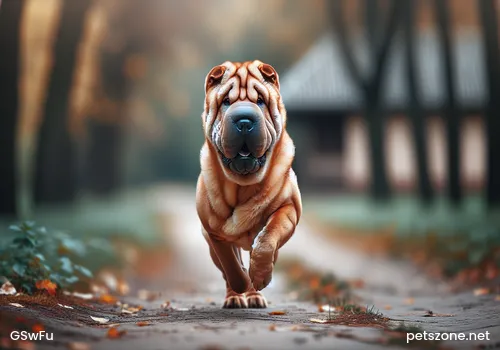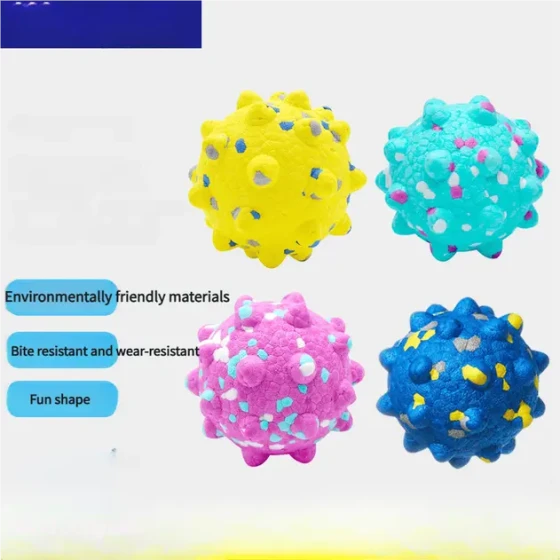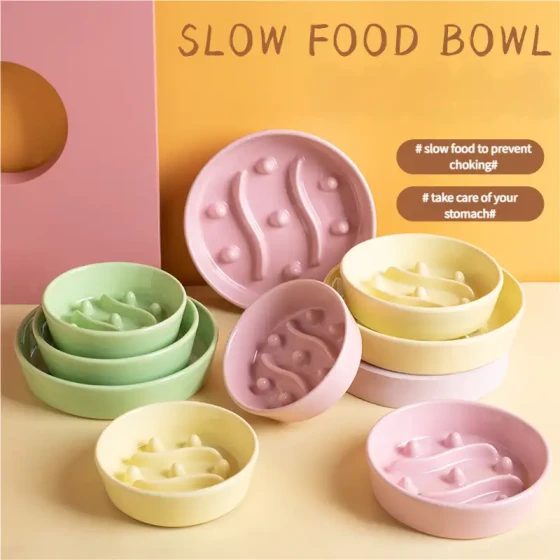8 Care Points for Newborn Pug Puppies
Like human fetuses, newborn pug puppies are very delicate. Dog owners must take great care when caring for pug puppies, otherwise, they are prone to early death.
Below, Pets Zone introduces the “8 Key Points to Know When Caring for Newborn Pugs.”
1. As soon as pug puppies are born, they will immediately start nursing. Pug puppies should be placed lying beside the mother to facilitate nursing.
2. If there is a large litter, the last-born pug puppies (usually smaller and weaker) should be placed on the last two pairs of nipples to nurse. After several repetitions, each pug puppy will have a fixed nipple.
3. It is important to let the newborn pug puppies get enough colostrum, as it contains rich proteins and vitamins, as well as higher levels of magnesium salts, antioxidants, enzymes, hormones, etc., which have laxative and disease-resistant effects, promoting the discharge of meconium.
4. Colostrum also contains various antibodies from the mother (maternal antibodies), giving pug puppies disease resistance. Therefore, newborn pug puppies should get colostrum as early as possible (within 0.5-1 hour).

Pug Dog (detailed introduction)
5. Newborn pug puppies suddenly leave the mother's womb and come into contact with the outside world, making temperature and lung respiration the biggest differences. The body temperature of newborn pug puppies is low (34.5-36℃ within 1-2 weeks after birth) and there is no shivering reflex; they completely rely on external heat sources (such as the mother) to maintain normal body temperature. Therefore, warmth preservation is essential (about 50% of puppy deaths within the first week are due to cold).
6. Pug puppies can open their eyes at 10-16 days old, ears open at 15-17 days, and their breathing rate increases. These changes help promote and maintain a higher body temperature. From 2 to 6 weeks old, pug puppies' body temperature rises to 36-39℃, approaching adult temperature after 4 weeks. By 6 weeks, pug puppies have a shivering reflex and the ability to regulate their own body temperature.
7. Strengthen monitoring of pug puppies to prevent death caused by being crushed, trampled, abandoned by the mother, or starvation (insufficient milk preventing puppies from feeding).
8. Some pug puppies do not breathe or cry at birth, presenting a state of apparent death. At this time, tilt the head downward, gently shake the puppy’s body left and right, use a suction bulb to remove amniotic fluid from the puppy's mouth and nose, wipe nasal mucosa and whole body with alcohol cotton balls, and gently perform rhythmic chest compressions. Usually, after 3-4 minutes of artificial respiration, the pug puppy will begin to breathe independently. Then, place the puppy in 39℃ warm water to wash off dirt, dry with a towel, and place in an incubator.


-560x560.webp)
